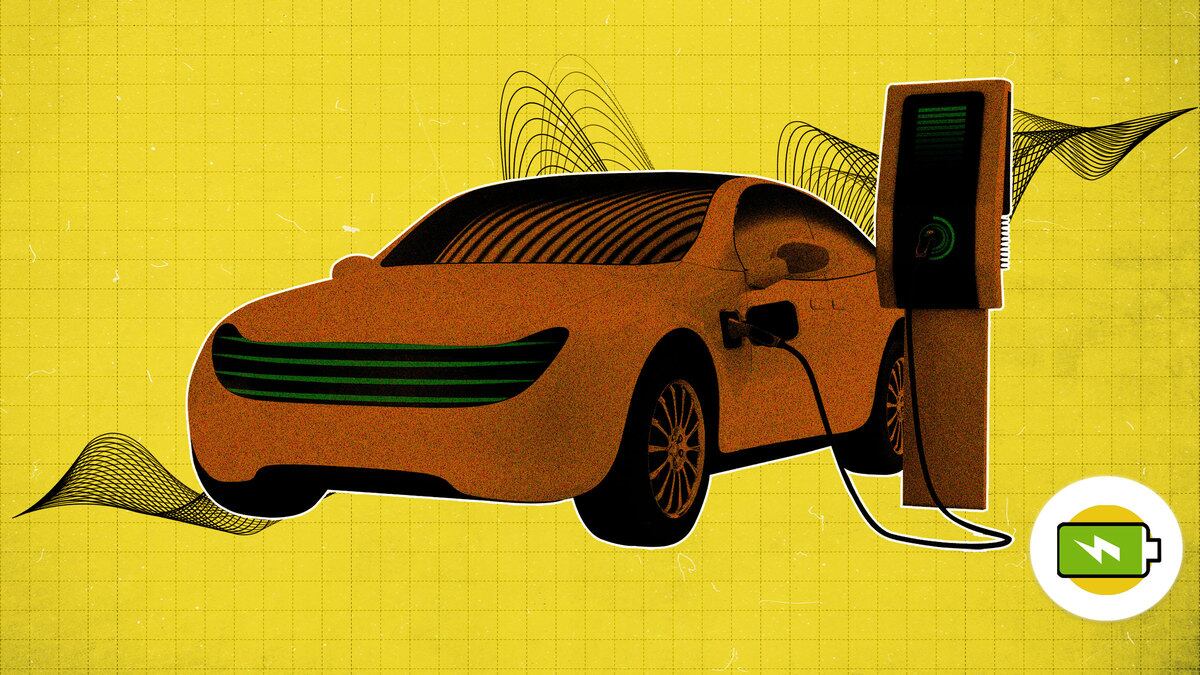Innovation
Photo Illustration by Kelly Caminero/The Daily Beast/Getty
The Last Big Obstacle to Electric Cars Is All in Your Mind
Trippin’
Making electric vehicle adoption work means rethinking our travel habits entirely. It's well worth it.

Trending Now





